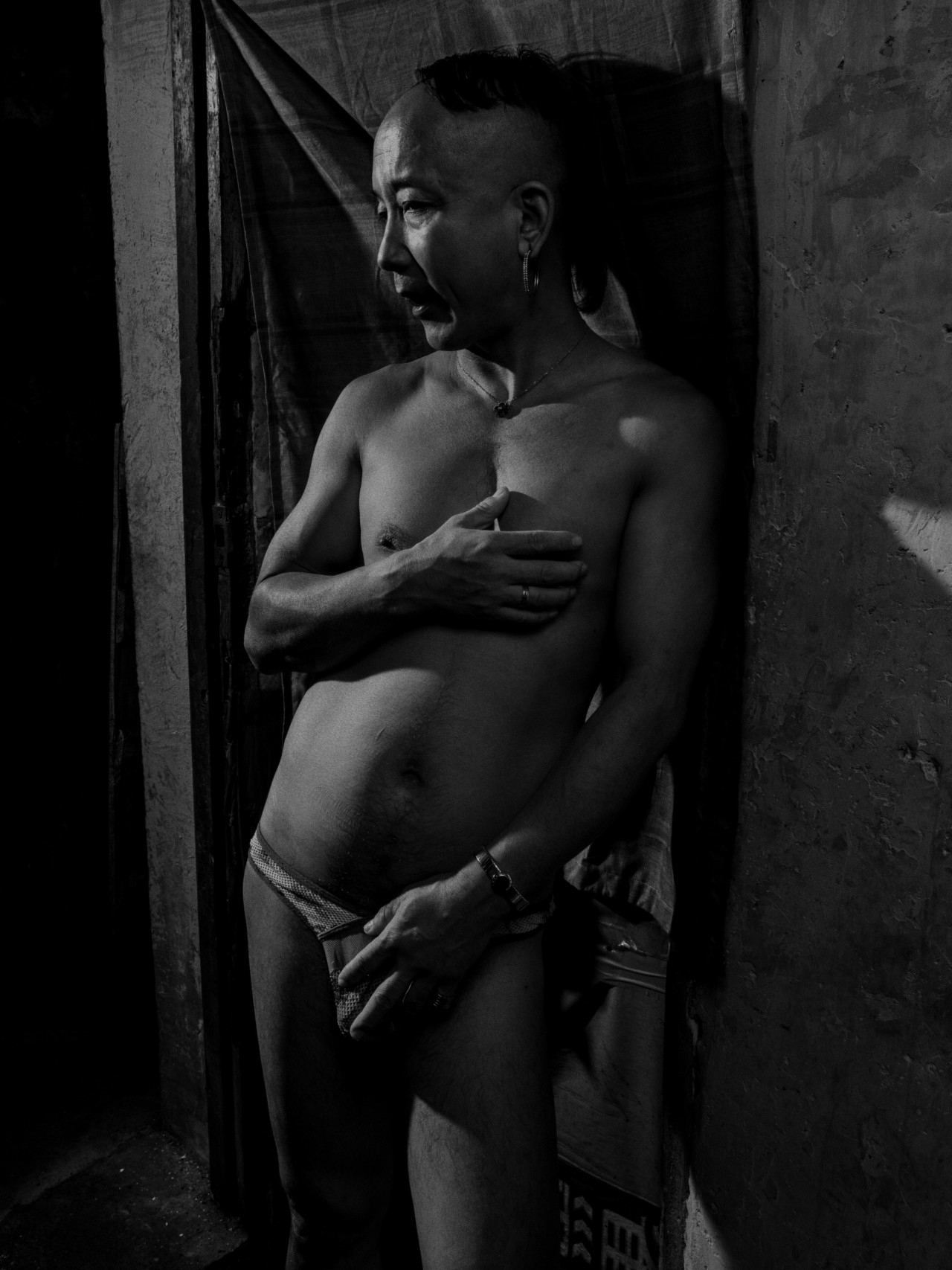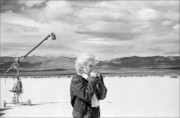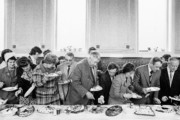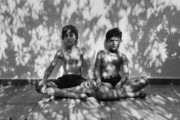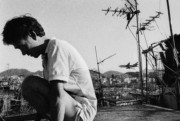A Photographic Jam Session in Shenzhen
Christopher Anderson and Alex Majoli on riffing off one another for their collaborative Live Lab project in China
Magnum Photographers
To get a completely open brief is a “photographer’s dream,” says Christopher Anderson, who testified that sharing an open project with a long-time friend and collaborate added to the experience. These were the parameters that Anderson and fellow Magnum photographer Alex Majoli were given when they participated in the second instalment of Magnum’s Live Lab project in Shenzhen, China, with Daken Art Organization.
Initiated to mark the 70th anniversary of the agency’s founding, the Live Lab program gives photographers the open but time-sensitive brief of creating a wholly new body of work in a specific locale over the course of two weeks, culminating in a group show. The process is open and the public are invited to drop in and watch photographers throughout: debriefing from their day’s shooting, looking through work, putting edits together, discussing the merits of one image over another, playing with sequencing and hanging the work on the walls.
The creative experiment, which was as much about their collaboration as it was about the local area, saw old friends Alex Majoli and Christopher Anderson riffing off one another in what they both liken to the process of making music. “I use the metaphor that we are two jazz players, I play piano and he plays guitar, and we play jazz, following our intuition,” says Majoli. “I think of it as a live jazz jam session. I know my notes, I know my instrument, you know yours, let’s see what we come out with.”
"I use the metaphor that we are two jazz players, I play piano and he plays guitar, and we play jazz, following our intuition "
- Alex Majoli
"I think of it a lot like writing a song"
- Christopher Anderson
Anderson describes the process similarly: “I think of it a lot like writing a song. It was like two songwriters getting together and there would be a spark of a lyric, maybe, an arc of a rhythm or a melody to build on, and then we would have a sense of direction and the next day we’d come back with something that might build further on that idea.”
The pair have been friends for nigh-on two decades, and this collaborative project is, for them, the manifestation of ideas sparked over conversations they’ve had over many years. Christopher Anderson explains: “In the last 18 or 20 years that we’ve known each other, through dinners, over drinks, and spending time together with each other’s families, a conversation has been ongoing about art, photography, life, literature, history, everything. To go and make that conversation concrete, become material, in China, was the goal.”
Shenzhen, which was designated as China’s first Special Economic Zone in 1980, is a thriving and rapidly growing city. At the last count, in 2015, it was home to over 11 million residents. Depicting the essence of the city was a challenge for the photographers. As Majoli explains, “Shenzen is changing, it’s a modern, globalized city and it’s difficult to put that into pictures. It’s there, you see it but it’s difficult to put that into a square or a rectangle.”
"Shenzen is changing, it’s a modern, globalized city and it’s difficult to put that into pictures. It’s there, you see it but it’s difficult to put that into a square or a rectangle"
- Alex Majoli
"Part of what was happening was a dialogue with other Chinese people, with Shenzhen residents, with locals, about what we were doing, and seeing them respond to what we were doing"
- Christopher Anderson
"What does this picture mean to you? Do I have this right? What do you see when you see this picture?"
- Christopher Anderson
However, the open aspect of the collaborative process – which took place in a public shopping mall – meant that feedback from each other, curators, and the public of Shenzhen who featured in the pictures themselves, fed into the final body of work and exhibition. It became a learning process for the photographers in which they navigated not only a new culture but analysed their own depictions of it.
“Part of what was happening was a dialogue with other Chinese people, with Shenzhen residents, with locals, about what we were doing, and seeing them respond to what we were doing,” explains Anderson. “What does this picture mean to you? Do I have this right? What do you see when you see this picture? And to have that immediate feedback, immediate dialogue with the community, was also very interesting and certainly informed what we were doing.”
Majoli expands: “Normally, you get a critique or an argument when the work is published, but because we were in the process of editing it we had feedback in real time. The contact creates a dialogue.”
Following the collaborative experience, both Alex Majoli and Christopher Anderson want to continue the work. The pair plan to revisit Shenzhen to develop what was started during the Live Lab, as well as apply the same approach to other potential trips. And moreover, they continue to seek opportunities where they can work in a collaborative way. “I think Alex and I would like to continue the work and expand on it, but I could also imagine my images or his images, down the road, taking a different shape in and of their own in a different context,” says Anderson.
Majoli concludes, “I have always looked for collaborations with artists, with musicians, so it’s not just me, myself and my photography. I like the questions it brings. I like to work with other people.”















